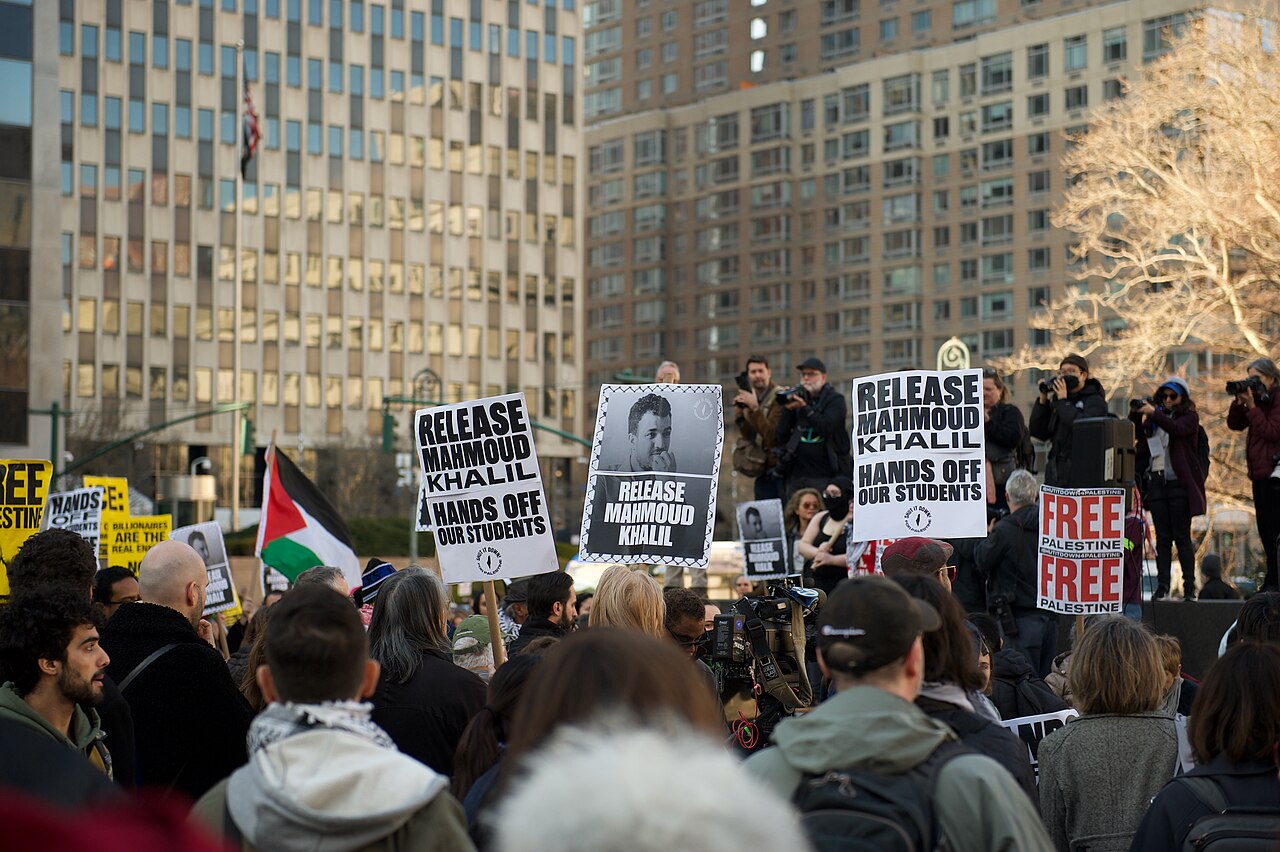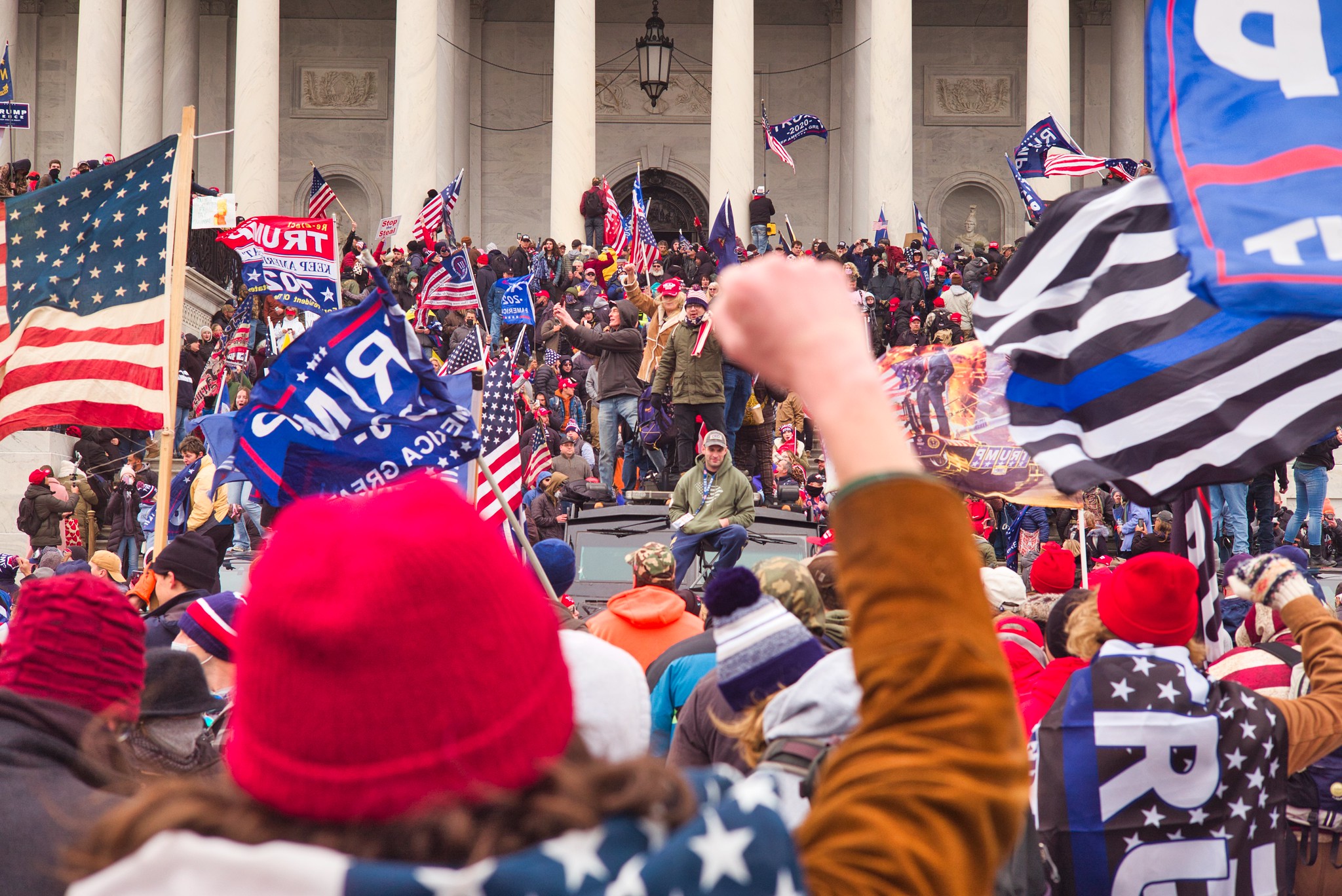The First Circuit and the First Amendment
This week’s much-anticipated decision by the First Circuit in Mehanna v.
Published by The Lawfare Institute
in Cooperation With

This week’s much-anticipated decision by the First Circuit in Mehanna v. United States, which Matt Danzer summarizes here, offers more guidance on the First Amendment and terrorism than Ben and the always-thoughtful Marty Lederman have suggested. As Ben and Marty note, the court affirmed Mehanna’s conviction for material support of terrorism based on evidence that Mehanna had gone to Yemen in 2004 to wage war on U.S. forces. That evidence, which the First Circuit found to be overwhelming, included not just the trip to Yemen itself, but ample testimony from former associates and texts and e-mails from Mehanna that he wished to kill U.S. military personnel. However, to affirm the conviction the First Circuit also had to find (correctly, in my opinion) that the trial court had adequately instructed the jury on the First Amendment issues regarding Mehanna’s translation of jihadist materials in coordination with Al Qaeda.
At the trial, Judge George O’Toole had instructed the jury on the interaction of First Amendment and the government’s charge that Mehanna had translated documents based on requests from Al Qaeda sent via intermediaries. (See George Brown’s analysis here.) Because the government had charged that Mehanna had violated 18 U.S.C. sec. 2339B, it did not have to prove that Mehanna had intended that the translations aid a specific act of terrorist violence. Section 2339B, which as Bobby has noted here was enacted after the Oklahoma City bombing, requires only that the defendant knew that his efforts would assist a group designated by the Secretary of State as a Foreign Terrorist Organization (DFTO). Congress reasoned that groups like Hamas, Hezbollah, or Al Qaeda were so tainted by their own violent activities that any contribution, regardless of intent, would in some fashion further violence.
The easy cases under section 2339B involve money or (even more obviously) ammunition; the tougher case involves speech. In 2010, the Supreme Court laid down the law on speech and material support in Holder v. Humanitarian Law Project (HLP)---a case argued for the plaintiffs by Georgetown’s esteemed First Amendment advocate David Cole and for the government by then-Solicitor General Elena Kagan. The Court, in an opinion by Chief Justice Roberts, held that the First Amendment did not prohibit prosecuting an individual for speech that was “coordinated” with a DFTO. Chief Justice Roberts noted that speech coordinated with a DFTO can further that group’s goals. (See my analysis here.) For example, a DFTO can concoct a charade involving training in nonviolent dispute resolution to convince prospective donors that it has turned the page on violence. As money pours in to the “kinder, gentler” terrorist group, the DFTO can divert those funds to violent ends. The danger of an orchestrated effort by the DFTO and its allies is even greater when individuals serve as agents of the terrorist group, operating under its direction and control. Providing an ample safe harbor, Chief Justice Roberts cautioned that the First Amendment continued to protect speech that was independent of a DFTO, or that was not intended as aid to the group---the latter category would include journalism, scholarship, and human rights monitoring that served the public interest.
According to Judge Bruce Selya, who wrote for the First Circuit in affirming Mehanna’s conviction, the trial judge had instructed the jury consistently with HLP. For example, Judge O’Toole had noted the Supreme Court’s caveat that independent speech continues to be protected, even when the speaker is advancing the DFTO’s goals. Only speech coordinated with the DFTO or done under its direction or control is criminal, Judge O’Toole reminded the jury. In other words, the First Amendment would have protected Mehanna if, acting solely on his own, he had assembled and disseminated an electronic or hard-copy version of the collected works of Dr. Ayman Zawahiri, Al Qaeda’s current leader. Mehanna could have done a “mash-up” of Zawahiri’s greatest hits, adding whatever virtual bells and whistles he saw fit, under the First Amendment’s umbrella. Coordination with or direction and control by the DFTO were the touchstones of a permissible prosecution, the judge insisted. If the jury was satisfied that the defendant’s conduct fit the bill, Judge O’Toole explained, the First Amendment did not bar a conviction. The First Circuit agreed on all counts.
In finding that the trial court’s instructions were adequate, the First Circuit may have underestimated the precision that is desirable in a case involving speech. The trial court failed to include an instruction sought by the defense that, “[m]ere association with terrorists or a terrorist organization” is not culpable conduct. Judge Selya denied that this omission undermined the instructions’ correctness, noting that the judge’s instructions on coordination and independent speech were “perfectly consistent” with the defense’s requested caveat. The First Circuit rejected the argument of Mehanna’s excellent appellate lawyer, Sabin Willett (of Guantanamo Uighurs’ fame), that mere consistency with the defendant’s suggested language was not enough. According to the defense, more detail on what constitutes culpable coordination would have steered the jury away from viewing contacts with a group as culpable per se, and would therefore have provided further insurance against a verdict that infringed on free speech.
While such additional precision in instructions may be sound practice, it is not constitutionally required. If trials had to be perfect, no conviction would stand. Insisting on the last measure of detail in an instruction would make every appeal an exercise in 20-20 hindsight. Appellate courts are therefore reluctant to view omissions of details as tarnishing otherwise correct instructions.
Moreover, any error in the instructions could have been viewed as harmless, if the First Circuit had been willing to assess the sufficiency of the evidence on the translation charge. As I noted in a post in April, evidence showed that Mehanna coordinated his translations through known intermediaries for Al Qaeda. One of the defendant’s close contacts at At-Tibyan Publications (TP), the on-line repository for Mehanna’s work, informed him that translation of one message was particularly vital. According to Mehanna’s Tibyan contact, “[T]he cloud people are asking us if we can translate this message from the al doctoor regarding curryland.” Those not hip to the lingo should know that Al Qaeda’s media wing was called “As-Sahaab,” which in English is “the cloud.” Who’s “al doctoor”? That would be Dr. al-Zawahiri. Further 411: “Curryland” is Pakistan. After reading this request, Mehanna continued to work with Tibyan administrators on contributions to the site, including production ideas for the video from “al doctoor.”
At the July oral argument in the Mehanna appeal, attorney Willett joked about this evidence, suggesting that Mehanna’s production ideas, such as “footage of tribesmen,” were prosaic at best. Indeed, Mehanna’s Tibyan contact agreed, telling Mehanna, “Anybody can do clips.” However, this case never turned on the originality of Mehanna’s production ideas. It turned on the depth of Mehanna’s commitment to working at Al Qaeda’s behest. Informed that Al Qaeda wanted a killer production job done, most people of any religion, ethnicity, or creed would have walked away. The contrast is telling between ordinary behavior and Mehanna’s continued efforts to “deserve” the title of Al Qaeda “media wing” (to quote from his chat with a Tibyan contact). Mehanna was free to argue to the jury that his interest in the Al Qaeda video was purely scholarly. However, his argument here probably played about as well with the jury as his claim that he went to Yemen to “pursue Islamic studies.” The evidence of guilt in the translation context was sufficient, as was the evidence the First Circuit found to be sufficient for the Yemen trip.
Viewed in context, then, the First Circuit’s decision provides adequate guidance on First Amendment issues. Mehanna could move for a rehearing by the en banc First Circuit, or seek certiorari from the Supreme Court. However, the First Circuit’s decision on Wednesday is likely to be the last word in this case. The take-away is simple for those looking to engage in speech (even offensive speech) without being prosecuted for material support: Feel free to post, translate, or report on videos from Dr. Zawahiri for their information value or because you happen to agree with “al doctoor” (as inexplicable as the latter would be for most of us). However, if an individual whom you work with claims to be acting at Al Qaeda’s behest, don’t take direction from that individual; take your business elsewhere. Perhaps the Supreme Court will weigh in on this issue at some point. In the meantime, the First Circuit’s opinion does just fine.
Peter Margulies is a professor at Roger Williams University School of Law, where he teaches Immigration Law, National Security Law and Professional Responsibility. He is the author of Law’s Detour: Justice Displaced in the Bush Administration (New York: NYU Press, 2010).




.jpg?sfvrsn=d5e57b75_7)
